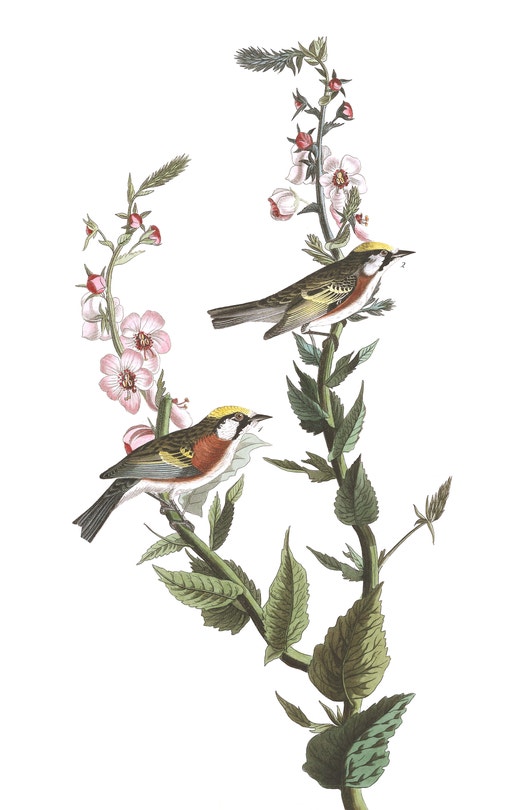May 24.
The smooth speedwell is in its prime now, whitening the sides of the back road, above the Swamp Bridge and front of Hubbard's. Its sweet little pansy like face looks up on all sides.
This and the Myosotis laxa are the two most beautiful little flowers yet, if I remember rightly.
forget-me-nots
May 15, 2022
P. M. —Talked, or tried to talk, with R. W. E.
Lost my time — nay, almost my identity. He, assuming a false opposition where there was no difference of opinion, talked to the wind — told me what I knew and I lost my time trying to imagine myself somebody else to oppose him.
The wild pink was out day before yesterday.
 |
Silene caroliniana, (wild pink)
|
H. D. Thoreau, Journal, May 24, 1853
Myosotis laxa [small-flowered forget-me-not, one of] the.most beautiful little flowers yet. See May 17, 1853 (“
Myosotis laxa is out a day or two. At first does not run; is short and upright like M. stricta.”); May 21, 1856 (“Myosotis laxa by Turnpike, near Hosmer Spring, may have been out several days; two or three at least.”); June 5, 1855 (“That very early (or in wintergreen radical leaf) plant by ash is the
myosotis laxa, open since the 28th of May, say June 1st.”); June 12, 1852 (“The mouse-ear forget me-not (
Myosotis laxa) has now extended its racemes (?) very much, and hangs over the edge of the brook. It is one of the most interesting minute flowers. It is the more beautiful for being small and unpretending, for even flowers must be modest.”) See also
April 29, 1854 ("The mouse-ear is now fairly in blossom in many places. It never looks so pretty as now in an April rain, covered with pearly drops.”);
May 6, 1859 ("I perceive a peculiar fragrance in the air . . . like that of vernal flowers or of expanding buds. The ground is covered with the mouse-ear in full bloom.”);
May 26, 1855 ("Already the mouse-ear down begins to blow in the fields and whiten the grass, together with the bluets”); and
A Book of the Seasons, by Henry Thoreau,
the Mouse-ear forget-me-not (Myosotis laxa small-flowered forget- me- not)
The wild pink was out day before yesterday. See
April 25, 1859 ("This is the beginning of that season which, methinks, culminates with the buttercup and wild pink and
Viola pedata"); May 29, 1852 ("Barberry in bloom, wild pinks, and blue-eyed grass."); May 31, 1856 ("Pink, common wild, maybe two or three days"); June 5, 1850 ("The first of June, when the lady’s-slipper and the wild pink have come out in sunny places on the hillsides, then the summer is begun according to the clock of the seasons.”).












